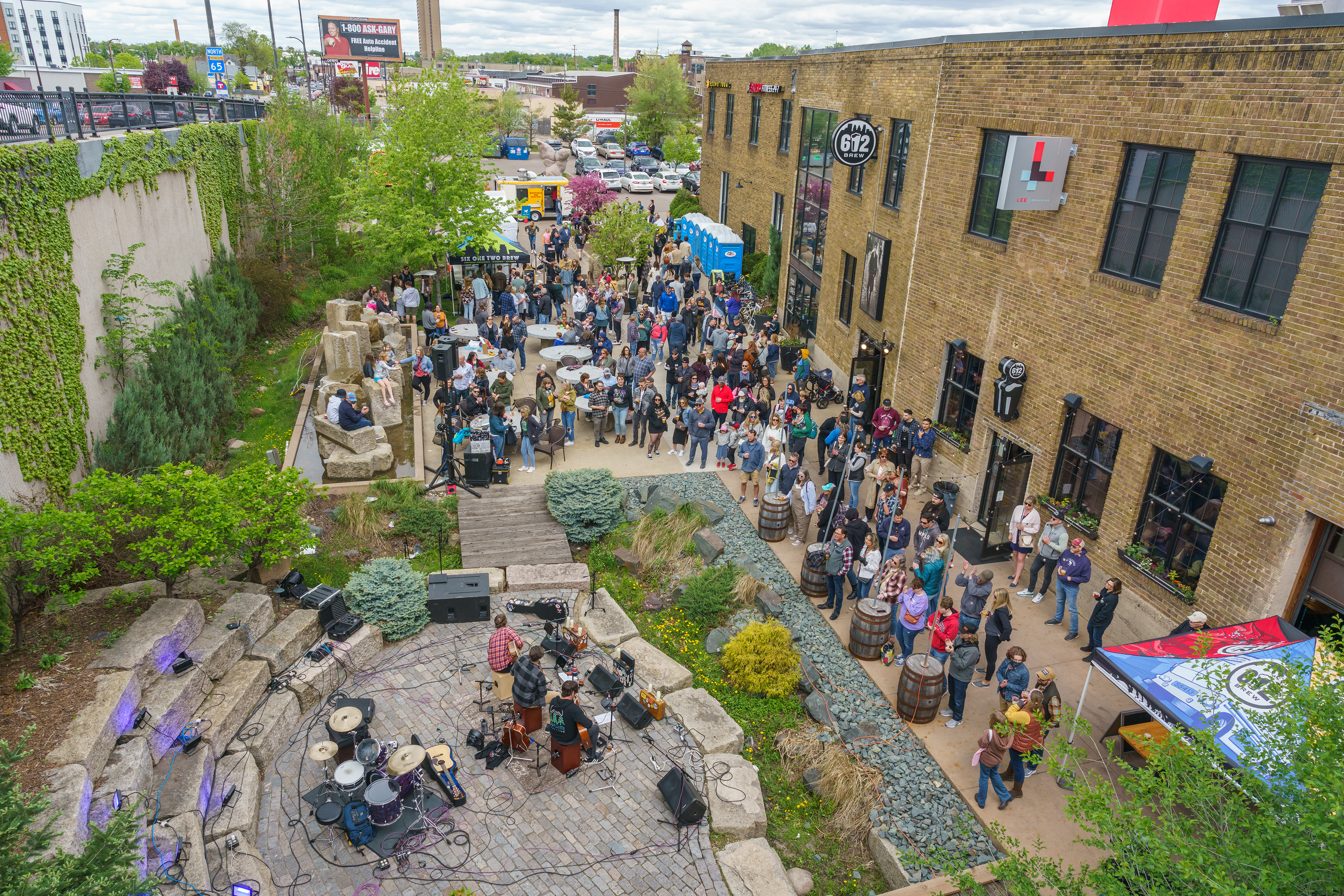The Scene: Craft in the Twin Cities
The Scene: Craft in the Twin Cities

The Twin Cities of Minneapolis and Saint Paul straddle the Mississippi River near Minnesota’s eastern border. And while there is an air of competition between the two communities—one was built on milling, the other on the whiskey trade—culturally they function as one place that happens to have two downtowns and two city governments. What most people know about the Twin Cities is that they’re hot in the summer and frigid in the winter, though this is becoming less the case due to climate change.
Fewer people are aware that the metro is home to a large, vibrant Native American community and growing populations of Hmong, Latin American, and East African people. This evolution has brought its own challenges, but it’s made the Twin Cities a richer, more interesting, and more creative place to live and work.
Bastions of nonprofit organizations, Minneapolis and Saint Paul value and support the arts, including virtually all forms of craft. These are places where a diverse array of artists and makers thrive.
“We have multiple funding sources, both regional and statewide, that support artists across genres and across levels of career development,” says Sicaŋgu Lakota visual artist and curator Dyani White Hawk, who works out of a studio in Minneapolis and recently won a MacArthur Fellowship. “We have multiple beautiful museums that address a wide range of missions, dedicated curatorial and administrative staff, nonprofits that often support artists in focused areas of support and development, galleries and rotating cycles of open studios, festivals, and markets that all contribute to a beautiful and evolving art ecosystem.”
The Twin Cities offer a wealth of support for craft arts via private funders such as the McKnight and Jerome Foundations and organizations dedicated to craft, such as the Northern Clay Center and the Textile Center, as well as the Indigenous Roots Cultural Arts Center, where makers are supported through “Culture Bearer” opportunities.
Saint Paul–based fashion designer and clothing maker Rammy Mohamed creates custom dresses and gowns that incorporate the needs of the Muslim community while expressing elegant flair. “The silhouettes of some of my garments are inspired by different regions within Oromia that I get inspired by,” says Mohamed, who has enjoyed steadfast community support and whose work has been featured in InStyle. “I’m influenced by what’s around me, and I’m also taking what’s traditional and making it more modern.”
In the spring and summer months, Minneapolis and Saint Paul burst with craft fairs. In June, for example, the American Craft Council will host American Craft Fest at the historic Union Depot in Saint Paul. But you’ll also find artisans vending in a robust farmers market landscape, art studio tours like Northeast Minneapolis's Art-A-Whirl and the Saint Paul Art Crawl, art fairs, and, of course, the Minnesota State Fair, home of the Creative Activities Building. That’s where thousands of visitors enjoy everything from delicate woodwork to elaborate needlepoint and quilting. The Fair also boasts the beloved seed art competition, where agriculture becomes the medium for ingenious mosaics.
Winter, too, is filled with craft markets and events like No Coast Craft-o-Rama, as well as marketplaces housed at local breweries. Snowy weather poses no burden to Minnesota artisans, who simply take their talents outdoors, creating monumental ice and snow sculptures and designing interactive fiber creations inside the ice house galleries that populate the Art Shanty Projects on Lake Harriet in Minneapolis.
The scene is buoyed by funds flowing into the arts, thanks to the Clean Water, Land and Legacy Amendment. Passed by voters in 2008, this state constitutional amendment ensures that tax dollars pass through entities like the Minnesota State Arts Board and various regional arts councils.
Twin Cities businesses also show up for craft. Snow sculptor, metal worker, and filmmaker Dusty Thune often taps into collaborations with local businesspeople on projects, whether he’s creating sculptural works for Can Can Wonderland’s mini-golf course—designed and built by artists—or finding sponsorships for other crafty endeavors. In turn, he lends a hand to fellow artists who may need his skills, exhibiting the good neighbor policy. “They call in favors back and forth and help grow the industry, grow the scene, and raise the bar on talent,” Thune says.
—Sheila Regan
Note: The following lists of artists and craft-related spaces are based on the recommendations of our contributors and are not comprehensive.


